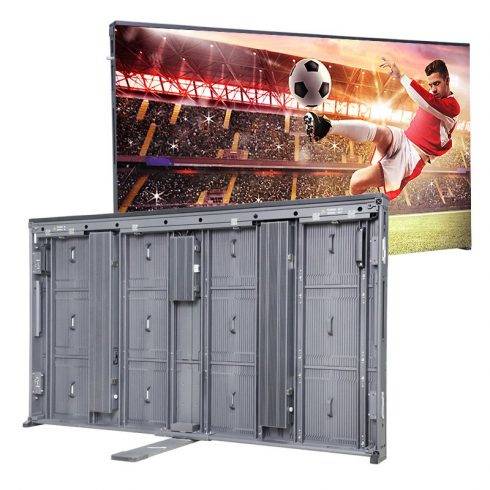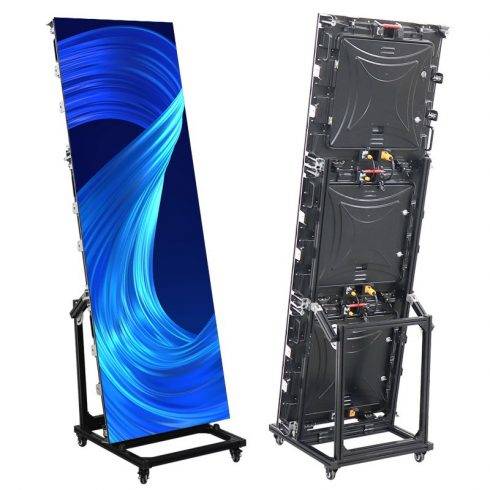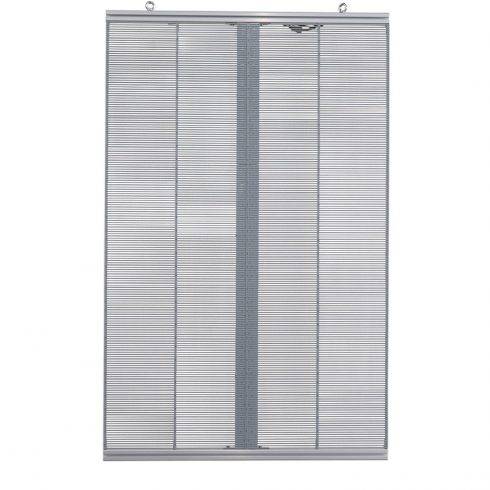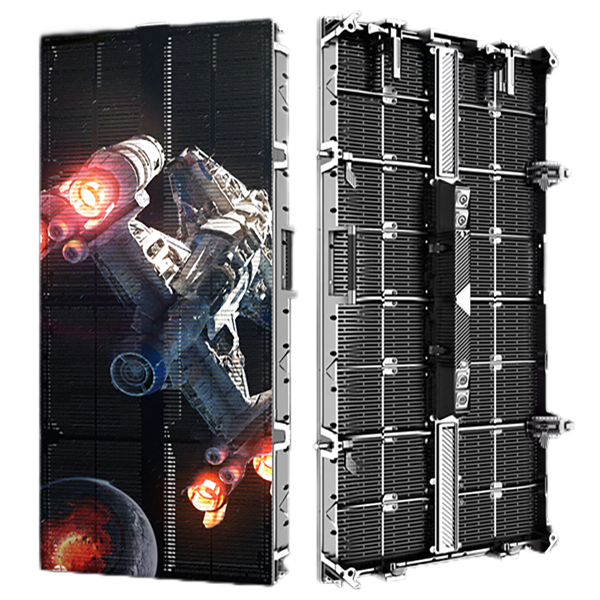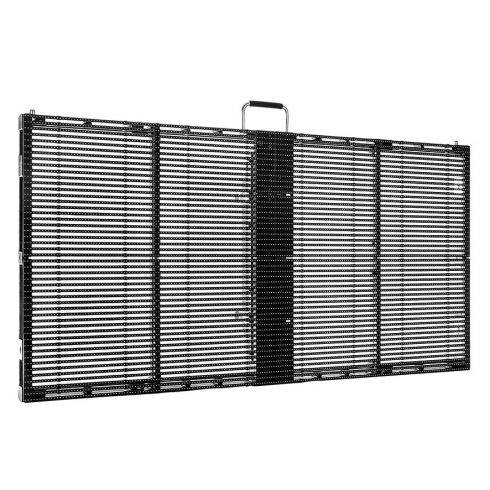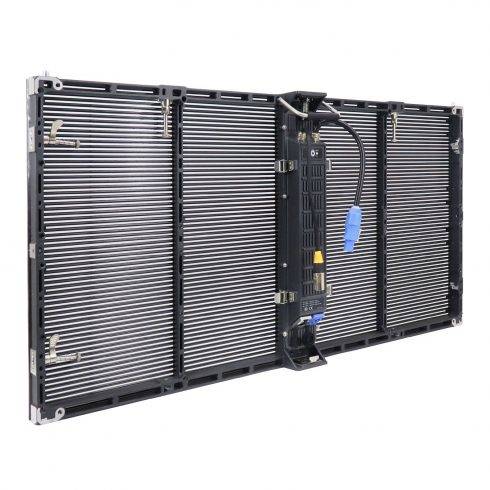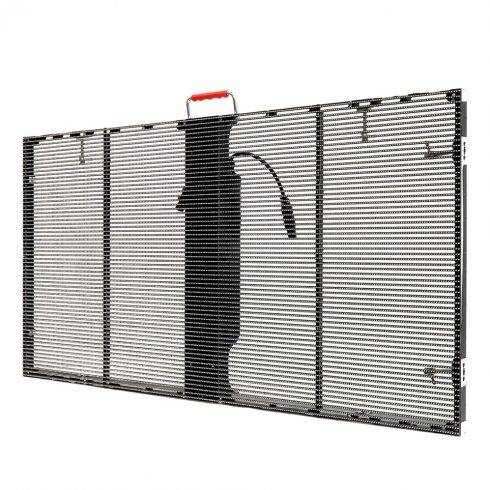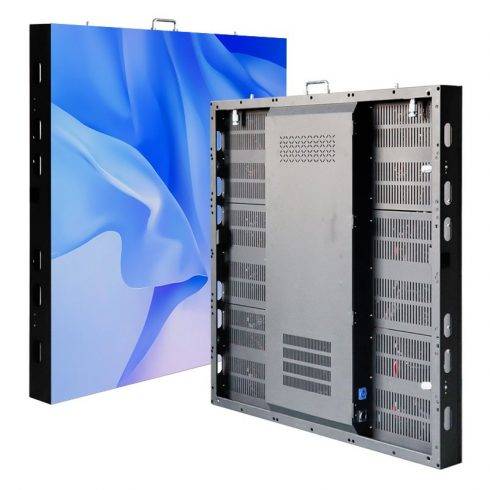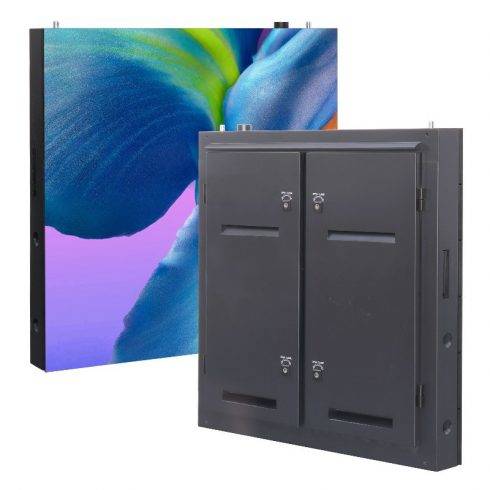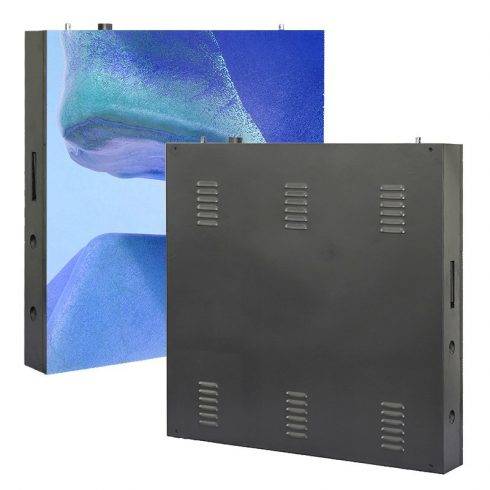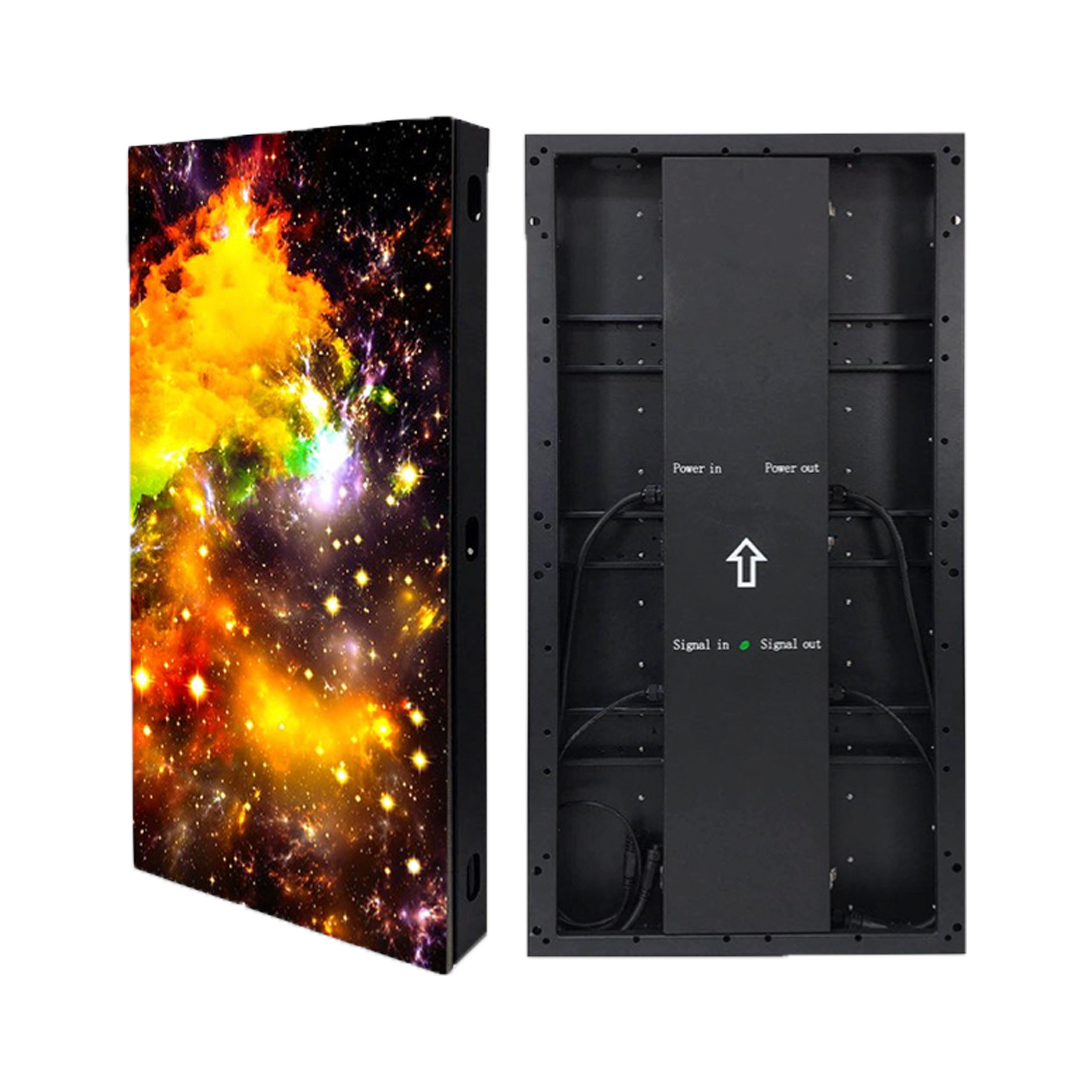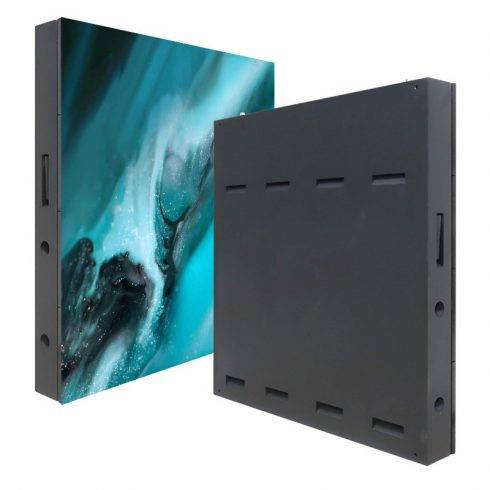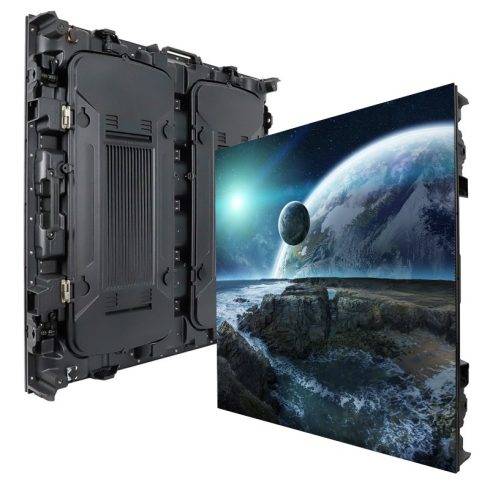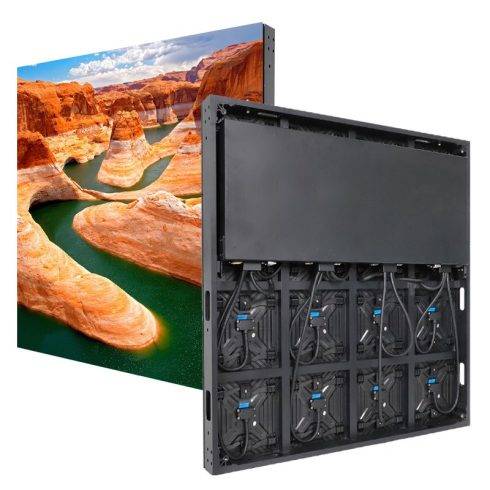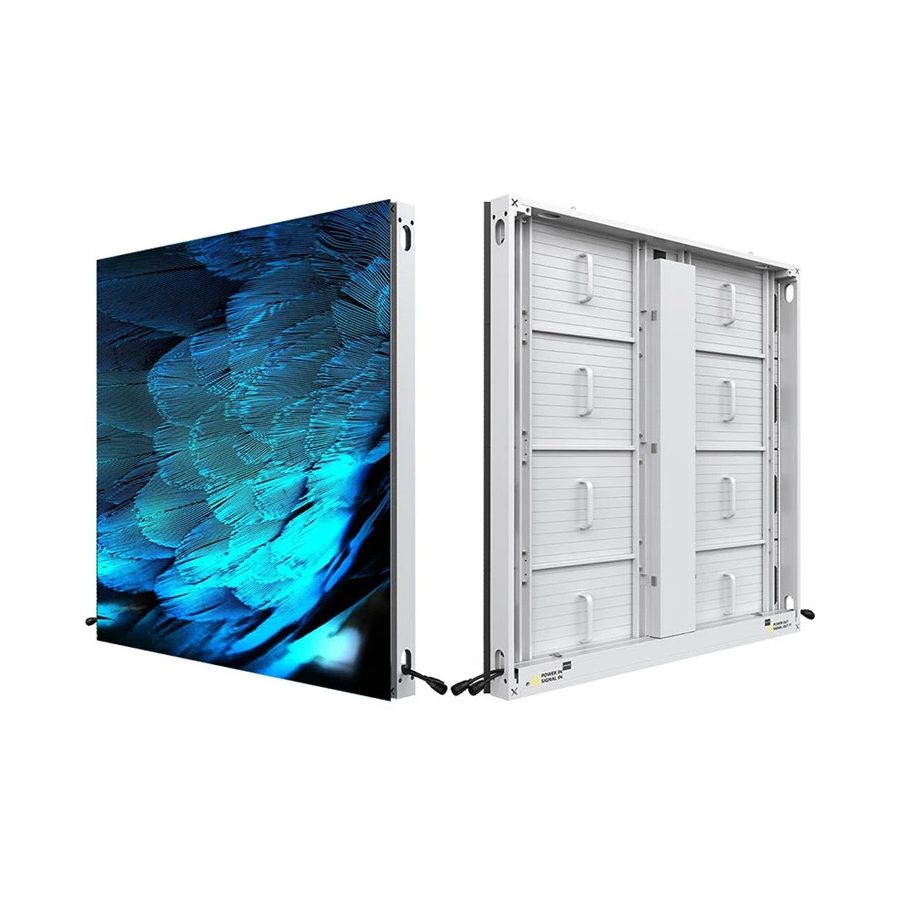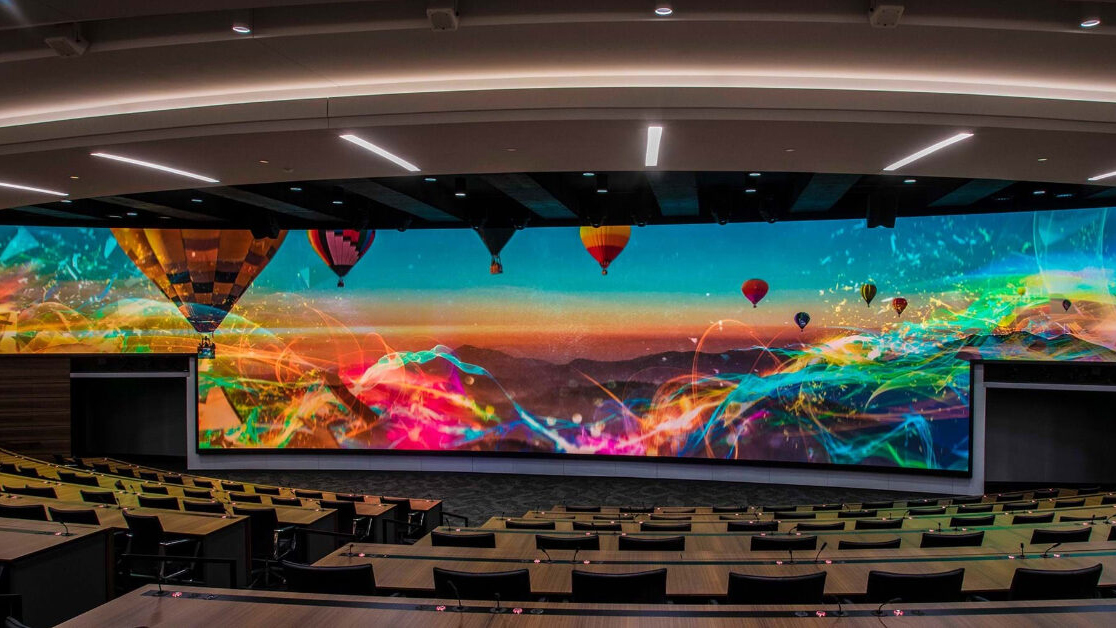Introduction
LED rental screens have become indispensable in event production, from concerts and trade shows to corporate gatherings and sporting events. Their portability, flexibility, and visual impact make them a favorite choice for high-quality displays in temporary installations. However, because these screens are frequently transported, assembled, and disassembled, they are prone to stability issues that can impact their reliability and performance. Ensuring stability is key to preventing operational disruptions and maximizing display quality. This guide covers strategies for improving the stability of LED rental screens, focusing on structural integrity, handling, environmental considerations, and maintenance.
1. Choosing Quality Components for Stability
The foundation of a stable LED rental screen lies in selecting high-quality components that can withstand frequent assembly and disassembly.
- High-Quality LED Modules: Opt for LED modules designed for durability and stability. Look for features like enhanced shock resistance and robust module framing, which help withstand transport and handling stress.
- Durable Cabinet Materials: Cabinets serve as the structural backbone of LED screens. Choose cabinets made from sturdy yet lightweight materials like aluminum or magnesium alloy, as these are less likely to deform and can handle the physical demands of rental applications.
- Reinforced Connectors and Fasteners: Since rental screens are frequently set up and dismantled, connectors and fasteners should be durable and easy to secure. Invest in robust locking systems to reduce the risk of panels coming loose during operation.
Tip: Consult manufacturers known for producing components specifically designed for rental and event use, as they often include added stability features to withstand repeated use.
2. Establishing a Secure Mounting System
An essential aspect of stability is ensuring that the LED screen is mounted securely. The mounting system must be suitable for different environments and adaptable to various setups, whether ground-supported, wall-mounted, or suspended.
- Using a Sturdy Truss System: A truss system is commonly used for mounting LED screens in events. Make sure the truss is correctly rated to support the screen’s weight, and inspect the system regularly for signs of wear or damage.
- Utilizing Ground Supports and Bases: For larger screens, ground support is essential to keep the structure stable. Use heavy bases to anchor the screen securely and minimize movement, especially in outdoor setups where wind may be a factor.
- Ensuring Proper Alignment: Alignment during installation is crucial. Misaligned panels can create uneven weight distribution, leading to screen instability. Use levelers and alignment tools to ensure each section of the screen aligns accurately.
Tip: Conduct a stability test after each installation by gently pushing or moving the structure to identify any loose or unstable areas. Reinforce these areas as necessary.
3. Improving Structural Integrity with Reinforcement Techniques
While LED rental screens are designed for quick assembly, reinforcing their structure with additional measures can significantly improve their stability.
- Implement Cross-Bracing: For larger screen installations, cross-bracing helps distribute weight evenly and minimizes movement caused by external forces. This is particularly useful in windy environments where additional support is necessary.
- Use Anti-Slip and Anti-Vibration Materials: Adding anti-slip and anti-vibration pads between panels and at the mounting points can enhance stability by absorbing shocks and minimizing movement. These pads help prevent panels from shifting, especially during live events with sound and vibrations.
- Secure Wiring and Cables: Loose wiring can create instability. Use cable ties and clips to secure all cables along the truss or mount. This prevents wires from moving or pulling on the panels, which can lead to misalignment or loosened connections.
Tip: Test the screen after reinforcement to ensure that the structural modifications have improved stability without limiting flexibility or adjustability.
4. Implementing Proper Handling and Transportation Protocols
Frequent transportation and handling present significant risks to the stability and integrity of LED rental screens. Proper handling and transportation protocols help minimize damage and ensure stability at each setup.
- Use Specialized Packing Materials: Invest in custom cases and foam padding to transport LED screens securely. These cases should be designed to prevent panels from shifting and to absorb impacts during transit.
- Implement a Secure Loading and Unloading Process: Establish protocols for safely loading and unloading panels, particularly when using cranes or forklifts. Incorrect handling during loading can strain connectors and joints, impacting overall stability.
- Train Staff on Proper Assembly and Disassembly: Proper handling reduces wear and tear on connectors and prevents misalignment. Provide training to ensure staff know the correct techniques for assembly, particularly in locking mechanisms and alignment procedures.
Tip: Maintain a checklist for handling and assembly, focusing on minimizing strain on sensitive parts and ensuring all fasteners are secure before transport.
5. Considering Environmental Factors for Stability
Environmental factors, such as wind, temperature, and humidity, can impact the stability and performance of LED rental screens. Preparing for these conditions can enhance the screen’s resilience and reliability.
- Wind Resistance for Outdoor Setups: Wind is a major factor for outdoor LED screens. Reinforce screen stability with additional ground supports, and where necessary, add wind-resistant covers or barriers.
- Temperature Management: High temperatures can lead to overheating, which may destabilize certain components. Use cooling fans or heat dissipation systems to maintain safe operating temperatures and prevent performance issues.
- Weatherproofing and Moisture Control: For outdoor events, choose weatherproof screens and ensure all connectors and cables are protected from moisture. Use waterproof covers when the screens are not in use to protect sensitive parts.
Tip: Check weather conditions in advance, and reinforce the display structure accordingly. Adapt installations to meet the needs of each specific environment.
6. Routine Maintenance for Continuous Stability
Routine maintenance plays a crucial role in preserving the structural integrity and performance of rental LED screens. Regular checks prevent potential issues from escalating into serious stability concerns.
- Inspect Components After Each Use: Examine panels, connectors, and fasteners after each use. Look for any signs of wear, loose connections, or damaged parts that could compromise future stability.
- Conduct Electrical System Checks: Test for electrical stability by monitoring voltage levels and checking for any inconsistencies. Faulty wiring or irregular power can lead to screen flickering or even power outages during events.
- Clean and Lubricate Moving Parts: Regularly clean and lubricate any moving parts, especially in locking mechanisms and hinges, to ensure they function smoothly and secure the screen adequately.
Tip: Keep a maintenance log to track repairs, replacements, and adjustments. This record helps identify recurring stability issues and informs preventive actions.
7. Using Advanced Monitoring and Stability Technologies
As technology advances, so does the ability to monitor and enhance stability in real-time. Employing smart technologies can greatly improve the reliability and performance of rental LED screens.
- Real-Time Monitoring Systems: Some LED screens come with built-in monitoring systems that alert technicians to potential stability issues, such as changes in alignment or overheating. Utilize these systems for early detection and quick response.
- Automated Diagnostics: Many modern rental screens can run automated diagnostics, providing detailed data on panel performance and identifying any structural weaknesses. These diagnostics make it easier to detect and address issues before they escalate.
- Stability Sensors: Stability sensors can detect vibrations, tilting, or unexpected movement. Use these sensors, particularly for large or high-mounted screens, to prevent accidents and maintain a secure structure.
Tip: Invest in stability sensors or monitoring software if renting screens for complex or large-scale events. The upfront cost can prevent costly damage and enhance safety.
Conclusion
Improving the stability of LED rental screens involves careful consideration of component quality, mounting techniques, structural reinforcement, handling practices, and routine maintenance. Each factor plays a vital role in ensuring that the screen operates reliably and withstands the demands of frequent use and varied environments. By implementing these strategies, rental companies and event organizers can maximize screen longevity, minimize disruptions, and deliver high-quality visuals for any occasion. Through proactive measures, it is possible to enhance the stability and performance of LED rental screens, ensuring an optimal experience for audiences and users alike.







